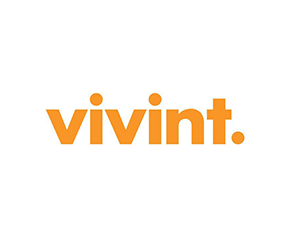What is an Animator?
An Animator is a creative professional who specializes in bringing static images or objects to life through the art of animation. Using various techniques, including traditional hand-drawn animation, 3D computer-generated imagery (CGI), or stop-motion, animators create the illusion of movement and convey stories, emotions, and ideas. Animators work across diverse industries, including film, television, video games, and advertising, contributing to the visual storytelling and entertainment experiences that captivate audiences worldwide.
How do you become an Animator?
- Acquire Animation Education: Pursue formal education in animation, including degrees or courses that cover fundamental animation principles, techniques, and software.
- Master Animation Software: Develop proficiency in animation software such as Autodesk Maya, Blender, Adobe After Effects, or other industry-standard tools used for 2D or 3D animation.
- Build a Portfolio: Create a strong and diverse portfolio showcasing your animation projects. Include examples of different styles, techniques, and genres to demonstrate your versatility.
- Internships and Practical Experience: Gain practical experience through internships, freelance work, or personal projects to apply theoretical knowledge in real-world animation scenarios.
- Stay Updated on Industry Trends: Keep abreast of the latest trends, technologies, and techniques in the animation industry to remain competitive and adapt to evolving artistic styles and demands.
Skills needed to be an Animator:
- Animation Techniques: Mastery of animation techniques, whether 2D or 3D, including principles of timing, spacing, and movement to create realistic and compelling animations.
- Storyboarding: Skill in creating storyboards to plan and visualize the sequence of scenes, characters, and actions in an animation.
- Character Design: Proficiency in character design to create unique and visually appealing animated characters that convey personality and emotions.
- 3D Modeling (for 3D Animators): Knowledge of 3D modeling to create digital models of characters, objects, and environments for use in 3D animation projects.
- Understanding of Motion Graphics (for Motion Graphics Animators): Familiarity with motion graphics principles, including the integration of text, graphics, and visual effects to create dynamic animated compositions.
- Attention to Detail: Keen attention to detail to ensure precision in character movements, facial expressions, and scene composition.
- Collaboration: Effective collaboration skills to work with other animators, directors, and artists in a team environment, especially in larger animation productions.
- Problem-Solving Skills: Ability to creatively solve animation challenges, whether technical or artistic, to achieve the desired visual effects.
- Time Management: Efficient time management skills to meet animation project deadlines and work within production timelines.
- Continuous Learning: A commitment to continuous learning, staying updated on emerging technologies, tools, and trends in the dynamic field of animation.







